“Seventy-five percent of fashion supply chain material ends up in landfills. This amounts to ‘the equivalent of one garbage truck of textiles per second.’”
— Pulse of the Fashion Industry 2018 Report
Before becoming a slow fashion advocate, I was part of the fast-fashion problem. I purchased far more than I wore and donated most of it to overwhelmed secondhand shops. My old clothes undoubtedly ended up in a landfill.
Since reforming from those less sustainable ways and embracing slow fashion, I’ve learned how to thoughtfully purchase pieces I will have for a lifetime. Conveniently, I’ve also saved money.
Slow fashion is the widespread reaction to fast fashion. It’s thoughtful, intentional, and holistic. It’s also an argument for hitting the brakes on excessive production, overcomplicated supply chains, and mindless consumption.
“The movement works towards creating an industry that benefits the planet and all people. ”
The term was first coined by author, design activist, and professor Kate Fletcher. She defines slow fashion as quality-based rather than time-based. Other slow fashion pioneers note that the movement encourages slower production, unifies sustainability with ethics, and ultimately invites consumers to invest in well-made and lasting clothes.
While slow, ethical, and sustainable fashion all describe efforts towards an aspirational goal—rethinking our relationship to clothes—slow fashion combines a brand’s practices (and promises!) with a customer’s shopping habits. The movement works towards creating an industry that benefits the planet and all people. In a perfect world, and hopefully, someday soon, slow fashion will simply be the norm.
Quality Clothing Made To Last
Fast fashion corporations spit new collections onto sales floors almost every week, and less than one percent of all clothing materials are recycled into new garments. Slow fashion flips this model on its head with slower production schedules, small-batch collections, and zero waste designs. Instead of chasing trends (and clogging our landfills), these brands utilize enduring styles with layering options and create classic and versatile pieces. This encourages customers to build minimalist wardrobes and invest in garments that they keep for a lifetime.
“Instead of chasing trends (and clogging our landfills), these brands utilize enduring styles with layering options and create classic and versatile pieces.”
Yet, this is a moot point without the inclusion of high-quality materials. If brands are creating clothing built to last, the fabric must hold up over time. Slow fashion retailers will often use linen, organic cotton, or Tencel to create sturdy pieces to weather wardrobe storms and gentle enough to keep the environmental impact low.
In addition to caring for the planet through thoughtful design, slow fashion brands produce clothing in-house or locally, allowing for full control over the supply chain process and labor conditions. There’s no rush to scale quickly or create items to please the masses. This not-so-new take on the industry infuses value into every seam, lining, and fold of a lovingly crafted garment.
Joining The Slow Fashion Movement
Slow fashion’s barrier to entry is fairly low—anyone can join the movement. In fact, you don’t even need to buy new clothes! Here are a few ways to get involved:
-
Create a love story. Look through your closet and recount the history of some of your favorite pieces. This can be as simple as remembering the time you spilled spaghetti on (and then saved!) your white t-shirt or as grand as holding space for a piece of clothing passed down by a loved one. Put life back into your closet!
-
Build a capsule wardrobe. This wardrobe method requires you to get real about what clothing actually makes sense for your lifestyle. Only a select amount of items can make up a capsule wardrobe. Your clothes must be as practical as they are stylish.
-
Make thoughtful purchases. Begin by giving up the urge to impulse buy. Phone a friend before splurging on a new pair of shoes, or consult your current wardrobe before purchasing an item that won’t work with anything you own. Consider checking secondhand apps or thrift stores first when you’re ready to buy something new.
-
Look to expert guides. Here are a few to get you started: Ethical & Sustainable Clothing Brands, Ethical Shoes, Affordable (Ethical) Clothing Brands, and Organic Clothing Brands.
-
Do some research. In the inevitable situation that you discover a new slow fashion brand, take time to vet the company and ensure that you’re investing your dollars wisely. Poke around the brand’s website for specifics about the design process. Is it slow, sustainable, and ethical for everyone involved? Does the brand disclose how and where the clothes are made? How many collections a year does the brand produce? Answering these and like-minded questions will illuminate whether or not a company practices what it preaches. When in doubt, you can send the brand an email or reach out on social channels!
How To Push Back Against Fast Fashion
Part of advocating for the slow fashion movement includes activism against fast fashion. If brands don’t hear from customers, they have no reason to change their supply chains. Don’t get discouraged if you can’t purchase every fancy minimalist garment; you can still do your part to push for fair fashion by using your voice. Here’s how:
Frequent the mall?
Stop by a fast-fashion store and inquire about the brand’s sustainable practices and ethical supply chain efforts. Chances are, employees won’t have any information for you; however, you’ll start an important conversation that may travel up the management chain. The more people asking questions, the more likely the company will listen.
Love social media?
Take to Instagram, Twitter, and Facebook to ask fast fashion brands about production practices. Fashion Revolution has a great template for this.
A fan of email?
You can write to brands, too! Try this template for getting started:
Dear [Insert Brand],
I’m interested in purchasing [insert garment] and would love to learn more about your brand and production methods. On your website, you state that you [insert brand claim, e.g., sustainable practices, fair trade certifications, ethical manufacturing, etc.], and I’m wondering what exactly this means. Could you tell me specifically how your garments are made and how your brand ensures the protection of people and the planet?
I look forward to hearing more about [insert brand]!
Thank you for your time,
[Insert Your Name]
Other questions you can ask:
1. How do you package and ship your garments?
2. Does your brand give back or support any social initiatives?
3. Where do you source your textile materials?
4. Could you provide a transparent breakdown of your supply chain?
5. Do you have a third party to conduct regular audits of your factories?
Audrey Stanton was born and raised in the Bay Area and is currently based in Los Angeles. She works as a freelance writer and content creator with a focus in sustainable fashion. Audrey is deeply passionate about conscious living and hopes to continue to spread awareness of ethical consumption.
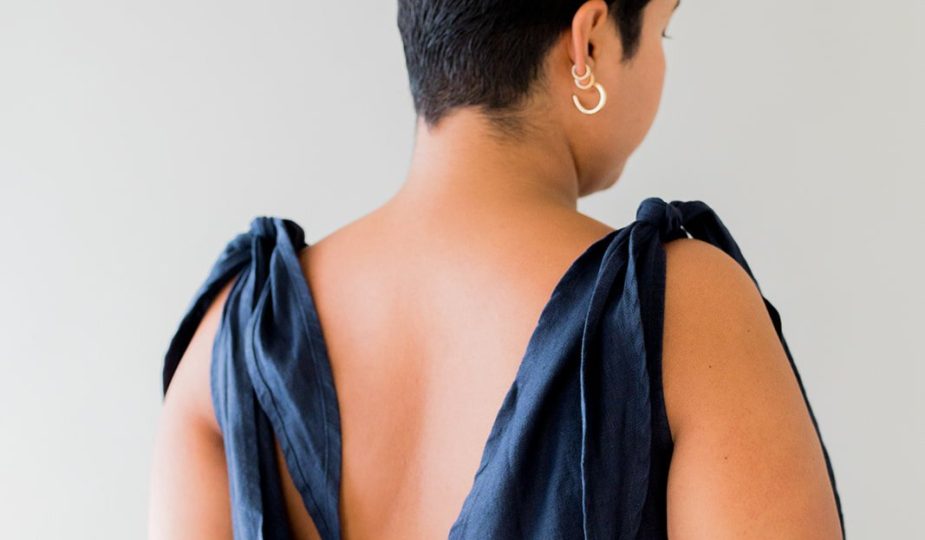
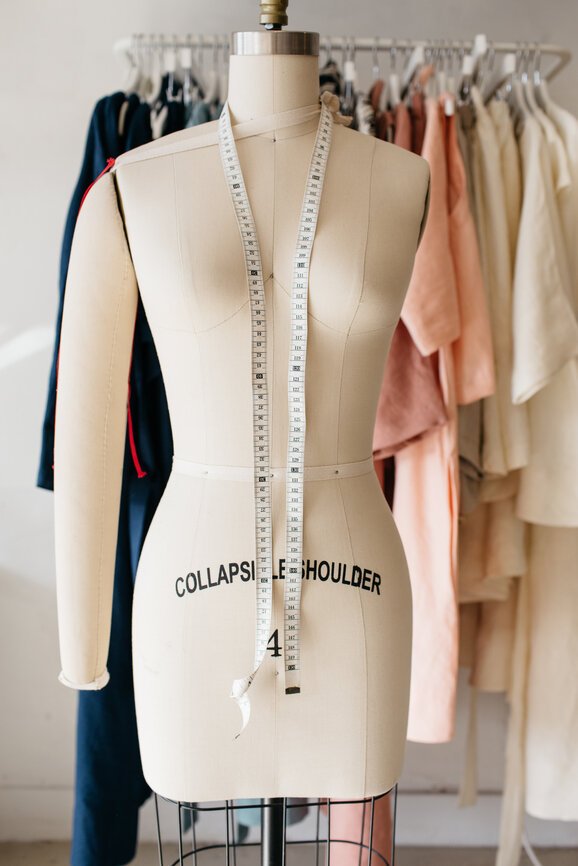
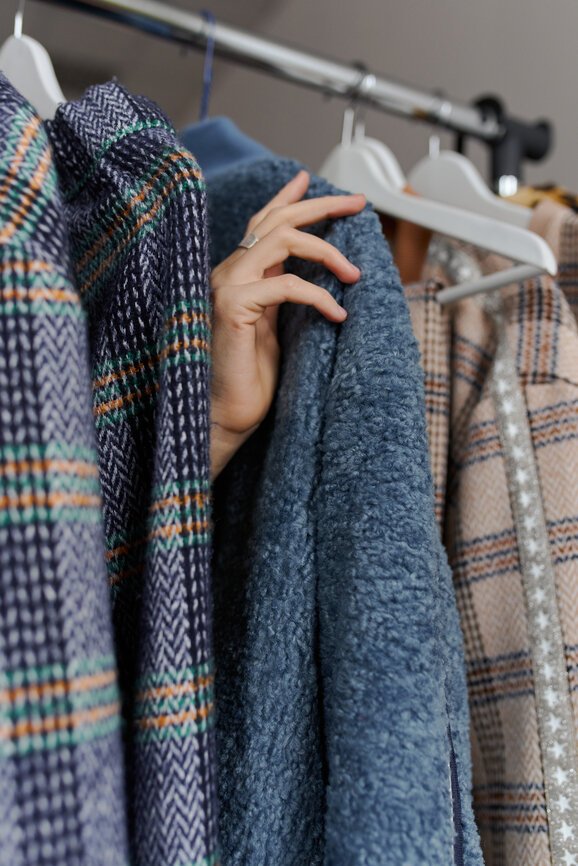

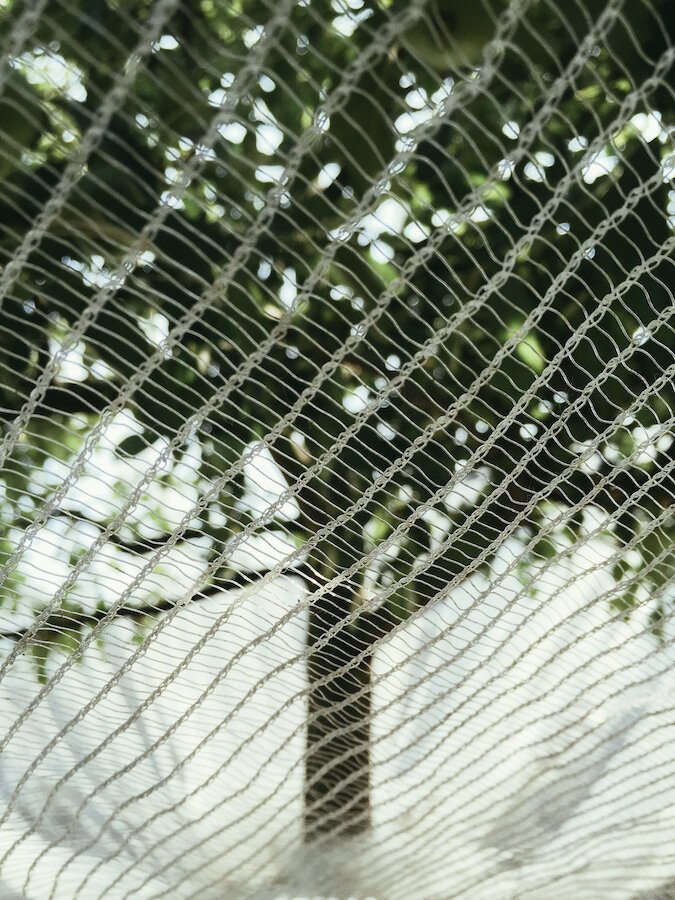





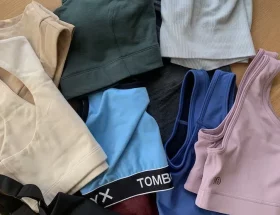
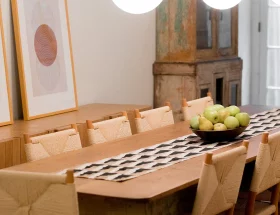



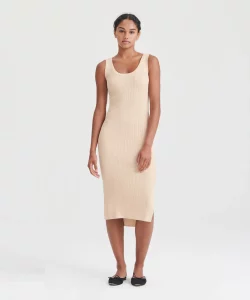

Thank you for the good writeup It in fact was a amusement account it Look advanced to far added agreeable from you However how could we communicate